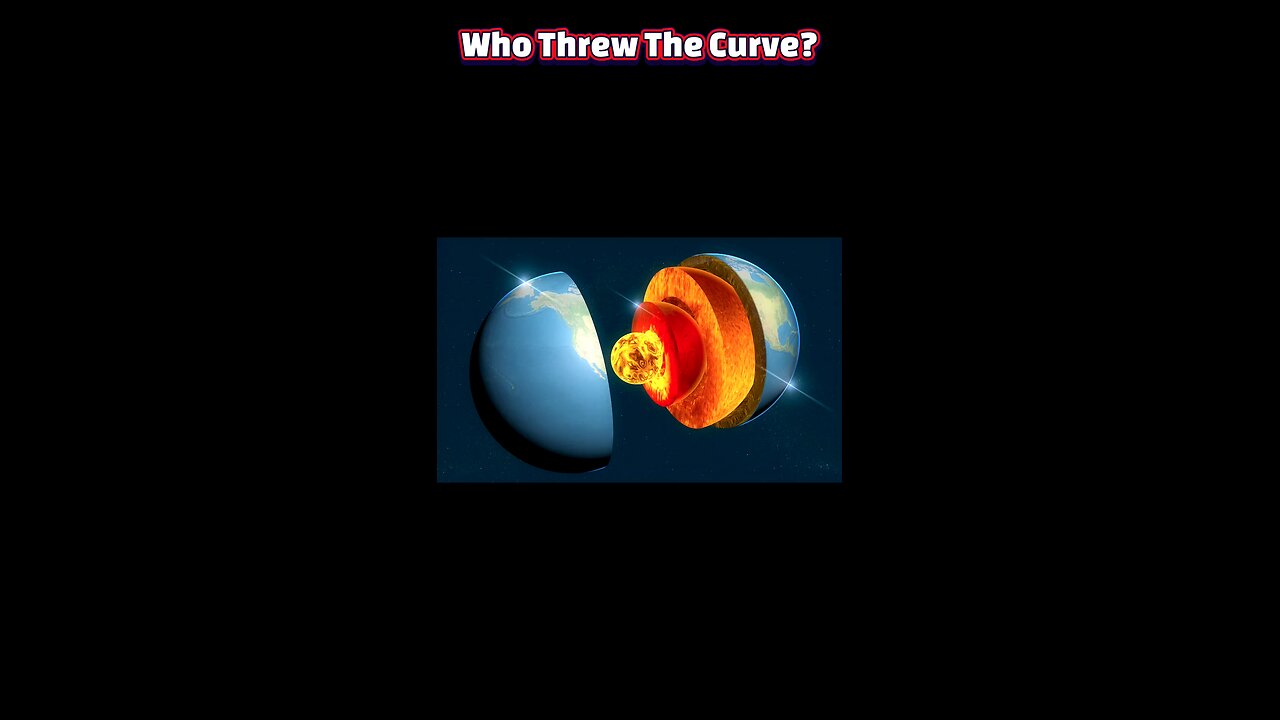Premium Only Content

The Two Faces of Earth — How One Hemisphere Lost Its Heat
#EarthScience #Geology #Mantle #PlateTectonics #MantleCooling #Pacific #DeepEarth #Geodynamics #Volcanism #ScienceExplained #PlanetEarth #Hotspots #ScienceYouTube #NASAResearch #Shorts
Scientists report that Earth’s interior is cooling unevenly: the hemisphere that contains the Pacific Ocean has lost heat much faster over the past hundreds of millions of years than the hemisphere containing Africa, Europe, and Asia.
The key physical reason is the distribution of land and sea. Continental crust is a far better thermal insulator than oceanic crust, so hemispheres with more land trap interior heat while ocean-dominated hemispheres let more heat escape through the seafloor.
Researchers modeled Earth’s thermal history by reconstructing continental positions and seafloor ages across roughly 400 million years and then calculating how much mantle heat each grid cell would have lost. Their results show sustained, cumulative cooling concentrated beneath the Pacific hemisphere, producing a long-term temperature difference between the two sides of the planet.
This asymmetry helps explain geological and geodynamic contrasts such as differences in mantle convection patterns, hotspot distributions, and the thermal evolution of large low-shear-velocity provinces beneath Africa and the Pacific, and it implies that plate tectonics and surface geography feed back on Earth’s internal temperature over geologic time.
Uneven mantle cooling is not a short-term climate issue for humans, but it reshapes our understanding of deep Earth processes and their long-term influence on volcanism, continental breakup, and the planet’s thermal future. The observation that one hemisphere can act like a partial thermal blanket while the other acts like a cooling vent reframes how scientists think about Earth’s interior over hundreds of millions of years.
-
 LIVE
LIVE
a12cat34dog
3 hours agoI'M FINALLY BACK :: Resident Evil 4 (2023) :: FINISHING MAIN GAME & DLC {18+}
201 watching -
 31:23
31:23
Stephen Gardner
3 hours agoFINALLY! Charlie Kirk MISSING DETAILS released!
17.7K116 -
 5:26:11
5:26:11
cosmicvandenim
8 hours agoCOSMIC VAN DENIM | SEX APPEAL & HORROR
12.5K10 -
 DVR
DVR
DoldrumDan
3 hours agoFINISHING SEKIRO - DEPTH 5 TOP RANKED - DAY 50 NEW LIFE
9.11K1 -
 23:40
23:40
MYLUNCHBREAK CHANNEL PAGE
1 day agoWe Want the Blueprints
60.8K17 -
 LIVE
LIVE
PenguinSteve
5 hours agoLIVE! Penguin to the Battlefield (6)
63 watching -
 1:08:20
1:08:20
The Quartering
6 hours agoMTG Quits, Indian X Meltdown & FBI Caught Lying Again About Trump Assassin
136K72 -
 1:01:33
1:01:33
Jeff Ahern
6 hours ago $10.71 earnedThe Saturday Show with Jeff Ahern
45.9K23 -
 18:08
18:08
Professor Nez
7 hours ago🚨HOLY CRAP: Members of Congress Call for Military INSURRECTION!
109K101 -
 4:14:26
4:14:26
Grant Cardone
10 hours agoHow to Buy Real Estate With NO Money Down (LIVE Training With Grant Cardone)
107K8